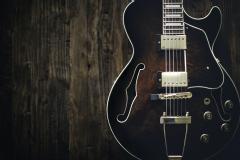When musicians talk to each other, this is what is meant by these two terms:
Dynamics refers to loudness and softness, and how you vary these to get different effects. Dynamics can spell the different between boring and fascinating!
Articulation refers to how connected or separated the neighboring notes are with respect to each other, e.g. dry, staccato, slightly separated but with a bar over each note, legato, etc.
Once you have learned the basic notes of a piece, it is helpful to remind yourself to experiment with both articulation and dynamics, and also phrasing, intonation, tempo, timbre.
think that different musicians have different ideas about what distinguishes dynamics from articulation. There certainly appears to be a lot of fuzziness along the border between dynamics and articulation.
Traditionally, dynamics reference volume and how volume changes over time. This appears to be the general view taken by the wikipedia article on dynamics. However, even if the article deals exclusively with volume, it also comments dynamics "can also refer to every aspect of the execution of a given piece, either stylistic (staccato, legato etc.) or functional (velocity)".
The wikipedia article on articulation then includes the non-volume-related techniques of performance, giving the definition : "articulation refers to the musical performance techniques that affects the transition or continuity on a single note, or between multiple notes or sounds."
So if we take the traditional view, then articulation would refer to everything non-volume-related that is implied by the notation or performance.
I think we can all agree that the import thing is to be aware of all of the different aspects of effective performance - both dynamics and articulation. I don't think that describing a marking one way or the other would create any confusion.










